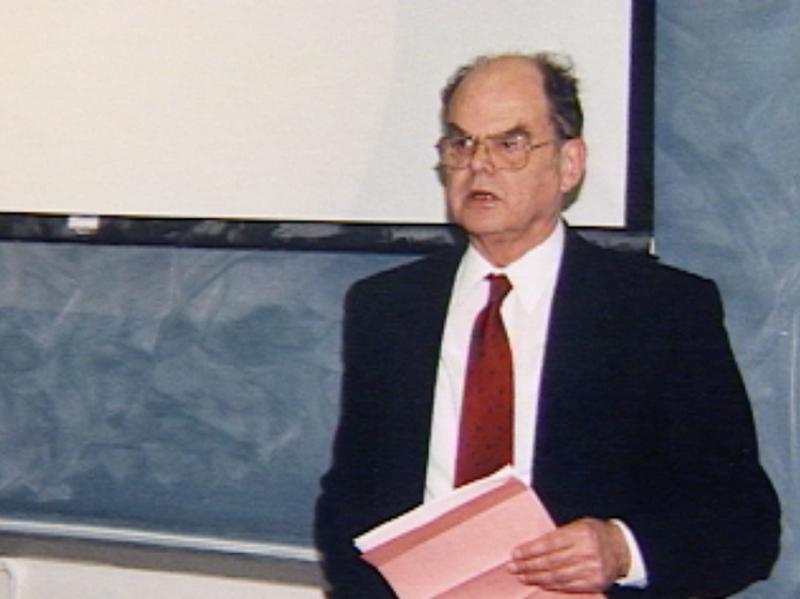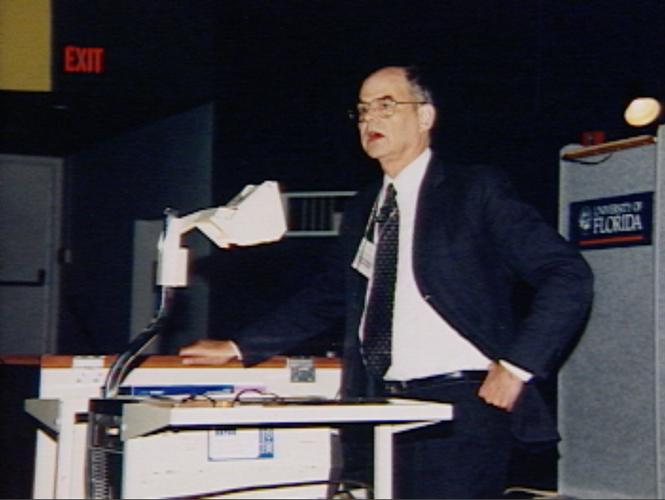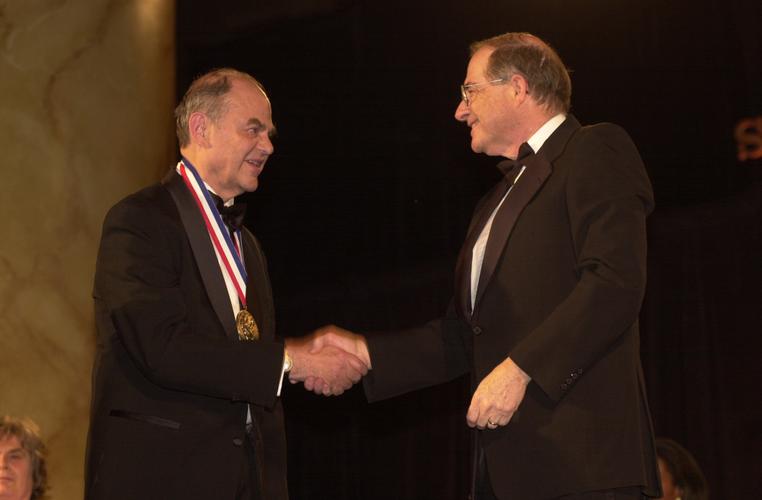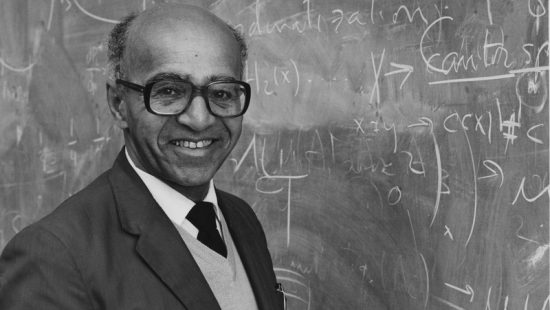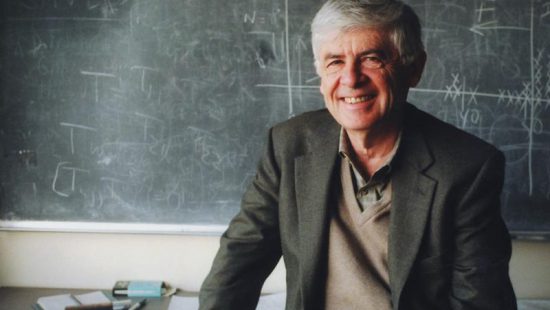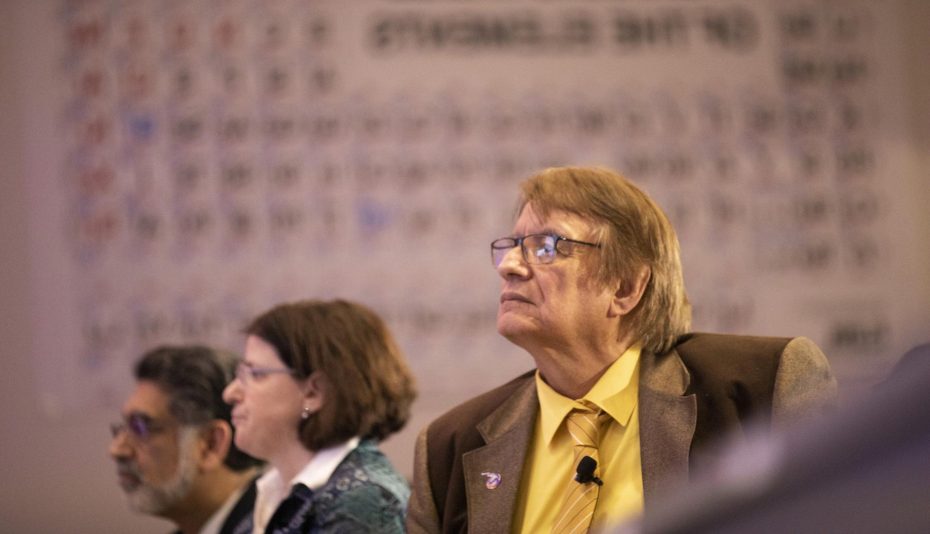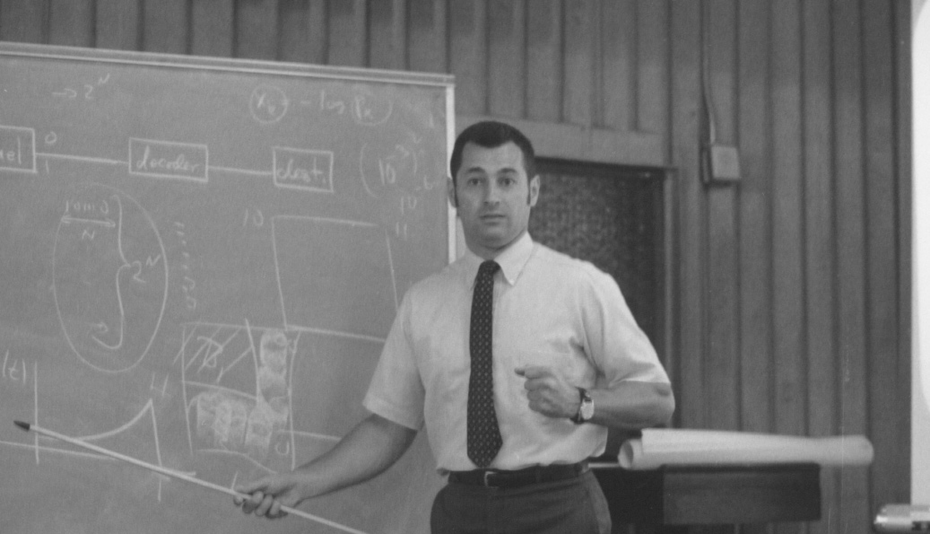At 26 years old, John Griggs Thompson used his doctoral thesis to solve a problem that had puzzled mathematicians for nearly double the time he’d been alive.
The achievement, touted in the New York Times, concerned Frobenius’ conjecture, a function of group theory.
Group theory studies structures called “groups,” a central factor in abstract algebra. Following Thompson’s discovery, the field rose to prominence and saw rapid progress in problem-solving, including the classification of finite simple groups.
A finite group is built from a collection of finite simple groups like a Rubik’s cube that can be manipulated into three rows of smaller cubes.
Thompson’s theory of finite groups laid the foundation for their classification, determining that non-elementary simple groups contain an even number of elements – a proof that filled 250 pages.
In addition, Thompson concluded that all finite simple groups belong to standard families, except for 26 sporadic groups that stand alone.

